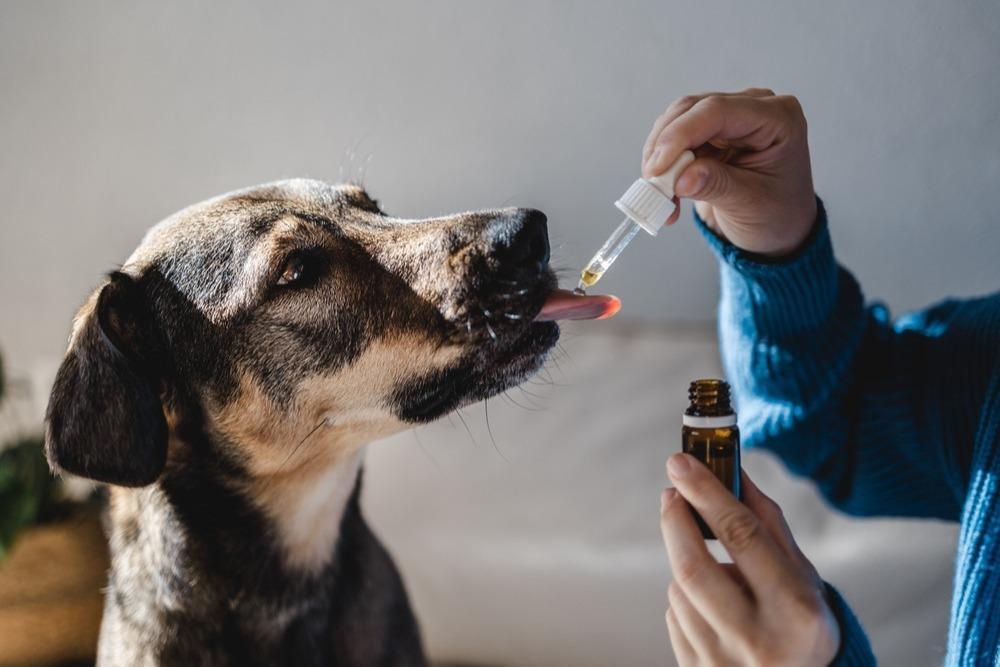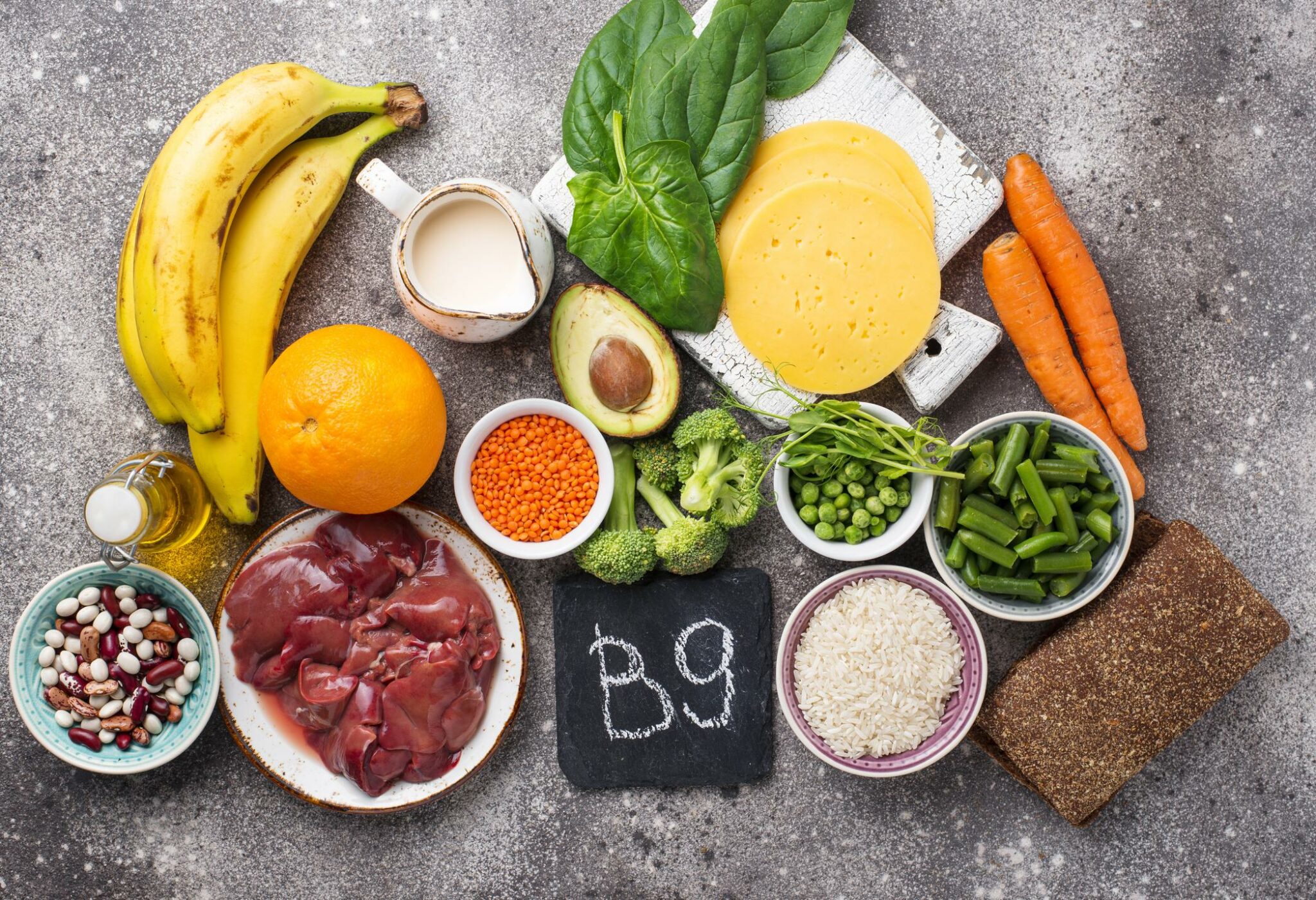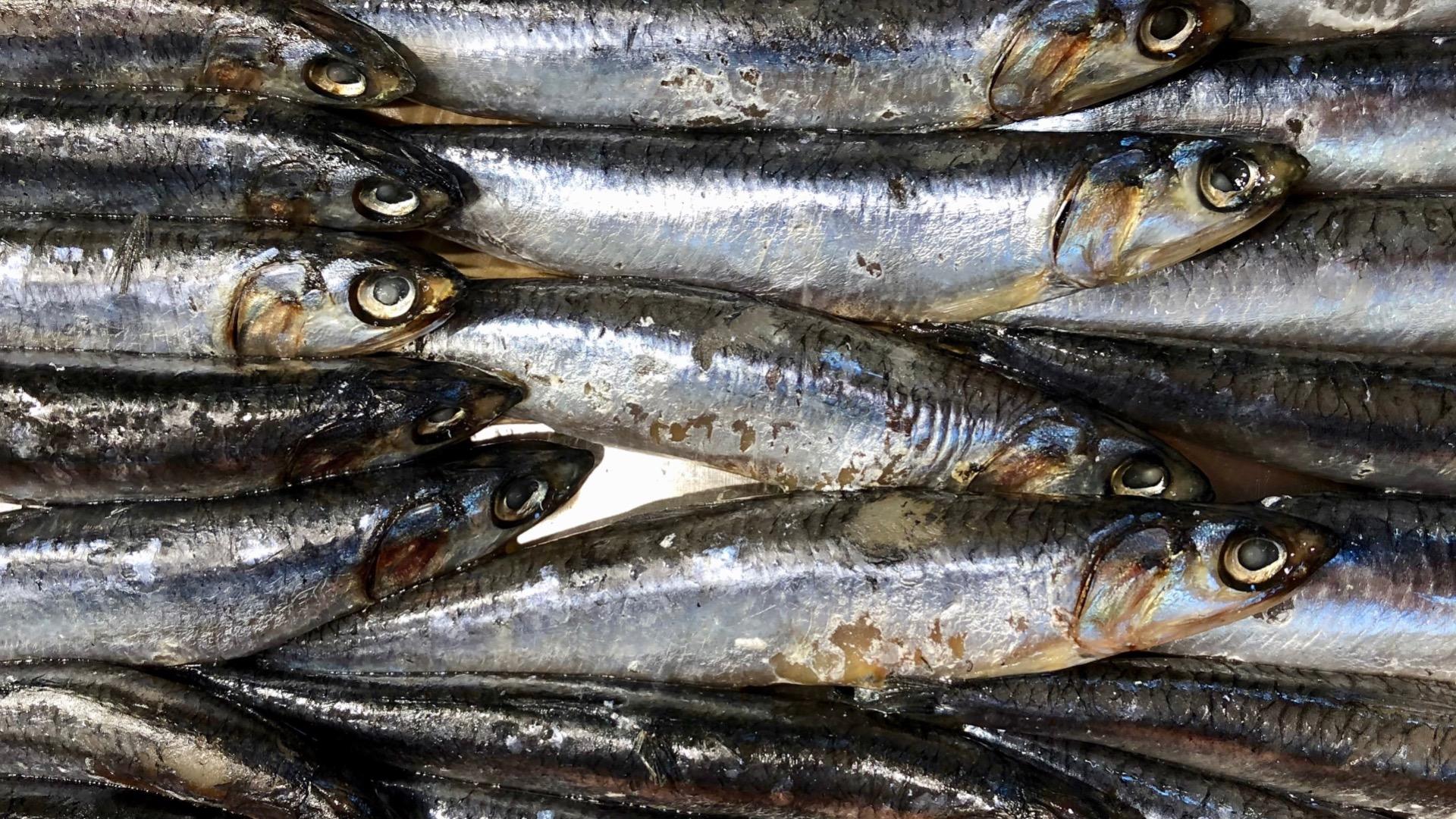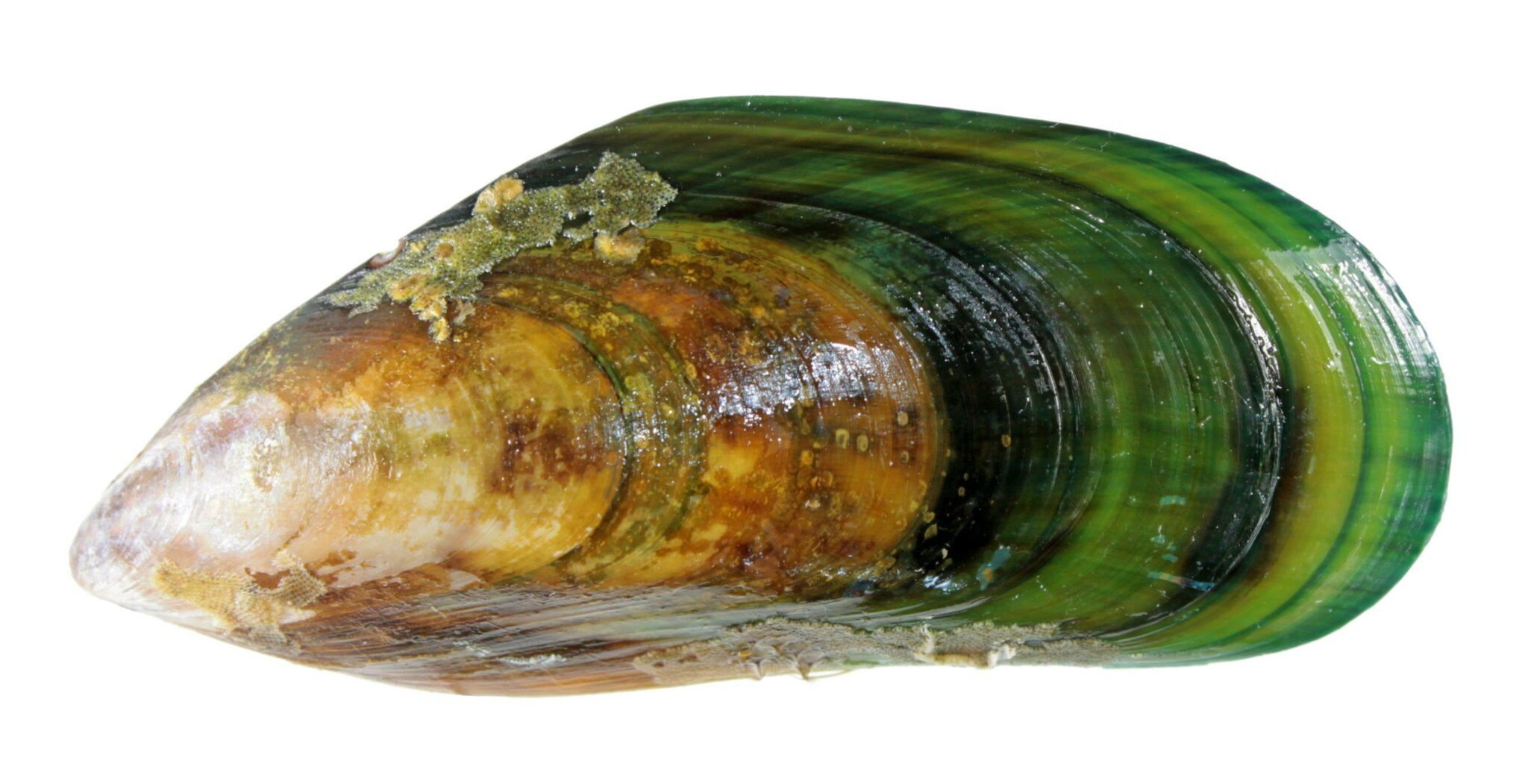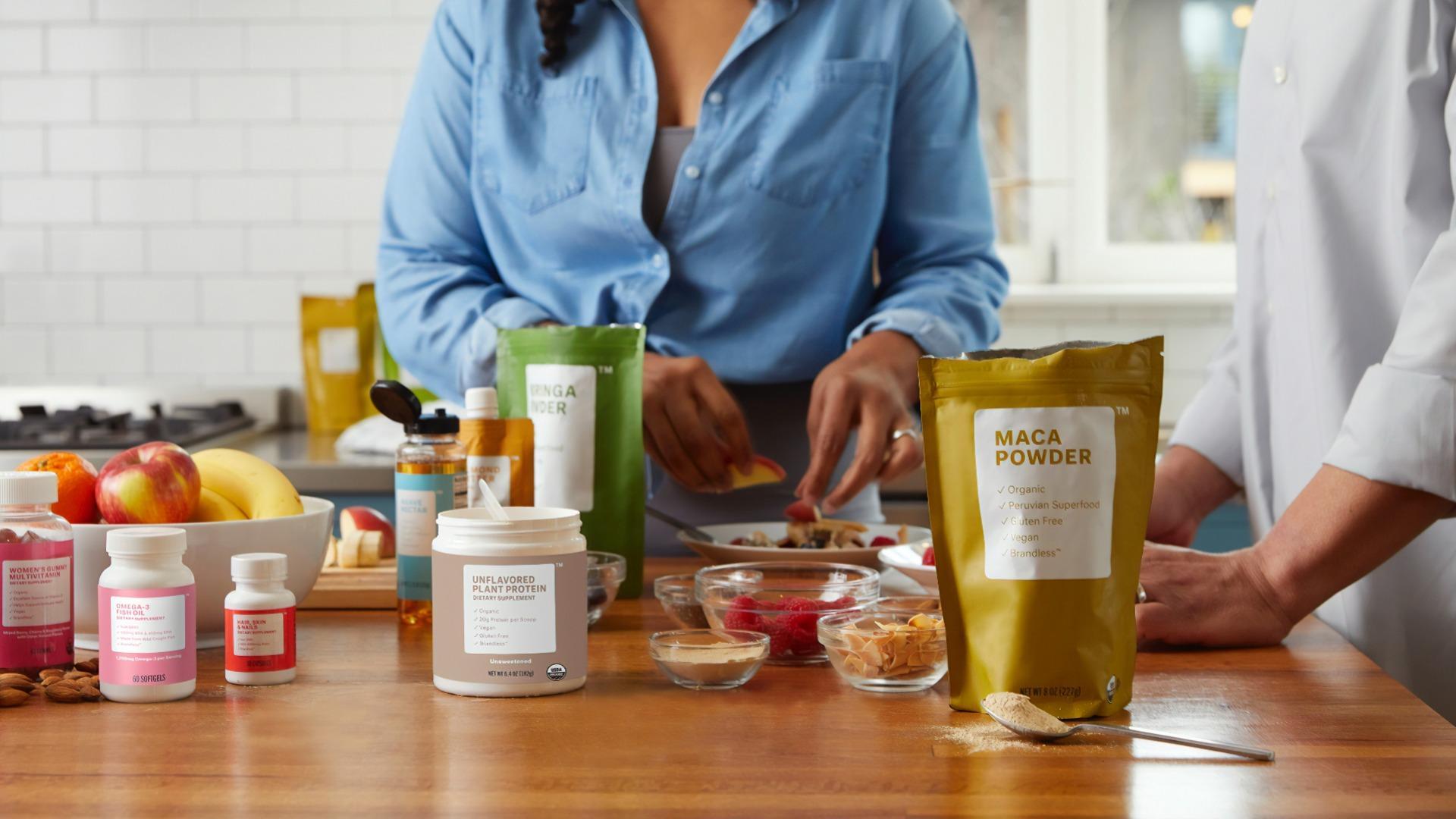This is one of the questions we are asked all the time here at My Pet Nutritionist. What foods can support joint health in my dog? Well, we thought we’d give you a rundown of 5 of our favourite.
1) Green Lipped Mussels
GLM’s contains around
90 different fatty acids, glycosaminoglycans (chondroitin sulphate), glutamine (a glycosaminoglycan precursor), vitamins C and E and minerals including zinc, copper and selenium. The synergy of these nutritional components work in perfect harmony to support joint and mobility issues in pet.
When looking at joint health you need to consider all mechanisms responsible for the disease and then how to address them.
Inflammation
It’s generally the inflammation and rubbing of joints that create pain and stiffness.
The fatty acids in green lipped mussels with EPA (eicosapentaenoic acid) and DHA (docosahexanoic acid) are the most abundant. These are the important fatty acids that are known to reduce inflammation. GLM’s are natural COX inhibitors just like NSAIDS (non-steroidal anti-inflammatory drugs), so they can obtain the same pain free results without the negative side effects. They are also natural LOX inhibitors too.
Degradation
This is the main reason for the breakdown of the joint matrix. The joint matrix and connective tissue need to be supported by components that replicate the structure of joints, naturally. GLMs are rich in glycosaminoglycans and glycosaminoglycan precursors, known as GAGs. An important GAG found in GLMs is chondroitin sulfate a well-documented structural ingredient for joint support.
Oxidation
Free radical damage can create more degradation and inflammation so we need to support this with natural antioxidants found in GLM. Vitamin C and E are both abundant in GLM’s and essential for joint care.
Joint Lubrication
Synovial fluid within the joint matrix is incredibly important to support cushioning and movement. Alterations in synovial fluid (SF) lipid composition have been linked to both osteoarthritis (OA) and rheumatoid arthritis (RA). GLMs provide polysulfated glycosaminoglycans (PSGAGs), the building blocks for cartilage and joint fluid.
2) Turmeric
Turmeric, Chew-Meric, Tum-eric, no matter how you say it (and yes, everyone seems to say it differently), it packs a whole lot of punch (good punch!)
Turmeric is a flowering plant, but it’s the root we’re most interested in. Part of the ginger family, it looks very similar, but it’s the smell that helps you differentiate.
When boiled, dried and ground, it’s the spice that is found in many Asian dishes. It has a warm, bitter, pepper like taste with a mustard-like aroma. It’s that spice that makes your hands yellow when you use it! And your worktops, sinks and utensils!
It’s known as curcuma longer in the ginger family, and it’s the active compound curcumin that brings the benefits we speak of. It’s often named cure-cumin for the promise it brings.
Turmeric is frequently used in humans, to help with a range of diseases and conditions including skin, pulmonary, aches, pains, sprains, liver issues and cancer. Curcumin specifically is argued to be anti-inflammatory, antioxidant, anti-microbial, anti-tumour and also helpful in wound healing. Used in Ayurvedic and Chinese Medicine for centuries, it is now finding a place in Western Medicine.
Many joint issues feature chronic inflammation, and in supporting our dogs, we aim to reduce pain and inflammation.
So here comes turmeric with its anti-inflammatory properties!
Several studies have shown that when supplemented with turmeric, arthritic dogs show a marked improvement in their daily life activity without any side effects!
Findings Here
It seems to be down to turmeric’s ability to regulate cytokines.
3) Ginger
A University of Miami study concluded that ginger extract could be a substitute to nonsteroidal anti-inflammatory drugs (NSAIDs). The study compared the effects of a highly concentrated ginger extract to placebo in 247 patients with osteoarthritis (OA) of the knee. The ginger reduced pain and stiffness in knee joints by 40 percent over the placebo.
Research shows that ginger affects certain inflammatory processes at a cellular level, and as we know, many pathologies involving the joints have inflammation as the key player.
There are more than 1300 types of ginger plant, and they contain a wide range of nutrients, including:
- vitamin C
- vitamin B6
- the minerals magnesium, potassium, and copper
- gingerols, shogaols, paradols, and other phytonutrients and polyphenols
Gingerol, shogaol, and paradols all have antioxidant properties, and gingerol and paradols are also anti-inflammatory. Antioxidants help the body get rid of free radicals, which can lead to cell damage and inflammation.
Does My Dog Need Antioxidants
4) Oily Fish
Joint degradation is characterised by inadequate production of compounds necessary to its structure, along with reduced collagen synthesis. This can be a result of physical stress, trauma, autoimmunity, or aging. Here, inflammation is upregulated, creating further breakdown. It results in weak, damaged, or inflamed tissue with restricted or painful movement.
Essential fatty acids are well known to help modulate inflammatory responses found in cases of joint degradation. During the inflammatory response, certain enzymes catalyse the production of compounds which cause pain, redness, and heat. It has been discovered that omega-3 fatty acids inhibit these enzymes that result in this response.
Great sources of omega-3 fatty acids include all those oily fish like sardines, salmon, and mackerel. Some plant based oils also contain omega 3 too, hemp seed oil has a great omega 6:3 ratio!
5) Bone Broth
Bone broth is a liquid containing brewed bones and connective tissues.
Bones themselves are rich in vitamins and nutrients, including calcium, magnesium, and phosphorous. In addition, brewing connective tissue into bone broth provides the body with natural compounds from the cartilage. You will also find collagen and cooking collagen turns it to gelatin, which provides the body with amino acids, which are the building blocks of proteins.
It is not possible to say how much of any nutrient will be in a particular batch of bone broth, since this largely depends on the type and quantity of the bones and tissues that went into it, but a good rotation of bones and tissues will provide a range of nutrients.
A 2017 review suggests that both laboratory and animal studies show that gelatin supplementation increases the amount of collagen in the tissues which may help protect the joints from unnecessary stress, as we mentioned, gelatin is formed by the cooking of collagen.
Other data has suggested that collagen can improve knee joint symptoms, such as pain, stiffness, and poorer physical function, in humans with osteoarthritis.
Findings Here
Findings Here
And that’s a wrap, these are just a few foods which can support joint health in your dog. We have a number of other blogs which may also be of interest to you, and in addition, if you would like any support with your dog’s health, then check out our services.
Nutrients for Bone and Joint Health in Pets
Can Nutrition Support Joint Health?
Natural Arthritis Guide
How to Choose a Good Joint Supplement
Thanks for reading,
MPN Team





